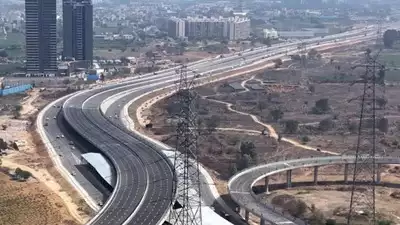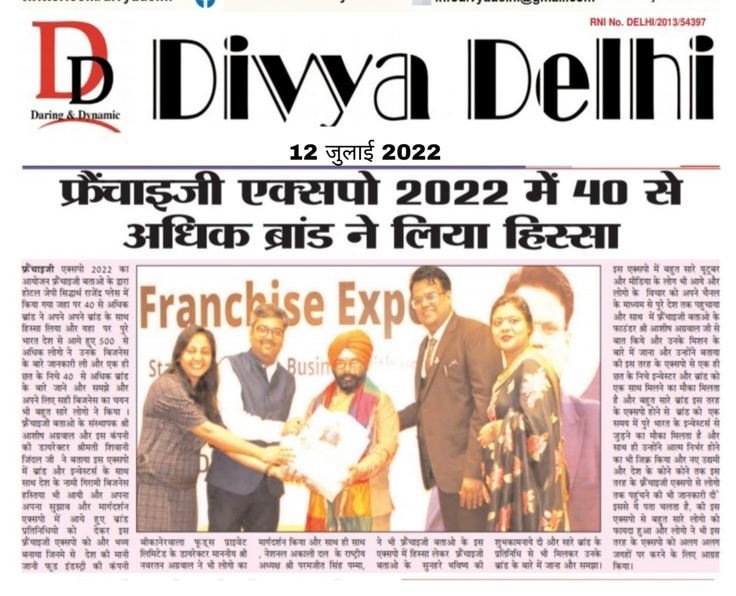
The 19km elevated Dwarka Expressway in Gurgaon comprises 8 lanes (4 on each side) on a single pier. This offers two benefits. The expressway structure uses less land and permits broader service roads for high-volume city traffic. Since service roads cannot enter the highway, ribbon development—shops, residences, etc.—is prohibited along its route or spurs. Traffic must use sector roads connected to interchanges to reach the main speedway. The expressway's 3.6km Delhi tunnel near IGI airport is 8 lanes. No tunnel boring machines are needed for this'shallow tunnel'. There is no elevated structure near the airport, hence the tunnel was needed. "An elevated stretch would have become a security issue and impacted the airport radar," a source added. Building a tunnel was logistically difficult due to the 40,000 automobiles per day in this area. Emergency exits and control rooms are in the tunnel.A three-lane, 2.3km tunnel connects the highway to Mahipalpur-T3 road straight to IGI's Terminal 3. The airport's nearest 500-metre segment of this tunnel is blastproof. Dwarka Expressway is mostly flyover. Three-fourths of its 28.5km is at an elevation, with the surface road for city users. This assures perfect grid separation of expressway and city traffic, unlike older highways in the capital and NCR (such Delhi-Gurgaon and Noida-Greater Noida) where traffic mixing has slowed travel. At intersections, traffic will use elevated expressways, surface roads, and underpasses.The 19km Gurgaon expressway connecting Dwarka to the Delhi-Jaipur highway (NH8) will be inaugurated by the PM. Dwarka Expressway is 28.5km. Later this year, Delhi's eway will launch.Shiv Murti, Yashobhoomi in Dwarka, and the approach to IMT Manesar in Gurgaon are the country's first 4-level interchanges because the expressway was built for future traffic loads. The intersection at Shiv Murti in Mahipalpur features two-level tunnels, a surface road, and a flyover. Other locations have flyovers, underpasses, and surface roads. An elevated road and underpass connect the country's largest conference center at Yashobhoomi to the highway. This would be the fourth arterial route and second expressway between Delhi and Gurgaon. It would reduce daytime traffic on the Delhi-Gurgaon expressway and speed up travel between south and west Delhi and Gurgaon. The Dwarka Expressway would connect to the NH8 at Kherki Daula in Gurgaon and Shiv Murti in Delhi. It anticipates strong traffic between the cities for 25 years. The Haryana government started the Dwarka Expressway project in 2006. Construction of the route was delayed for over a decade due to land acquisition issues and legal disputes. Meanwhile, Haryana created new sectors and gave land for luxurious houses. This increased pressure on the government to implement promised connectivity and serve the population explosion in New Gurgaon. It was adopted by National Highways Authority of India. National highway status was granted to Dwarka Expressway in 2016. NHAI redesigned the expressway to be mostly elevated with Haryana's road below it as the main sector connector. Construction began in March 2019. The expressway includes a 34-lane Delhi-Gurgaon toll plaza. Commuters may have to pay tolls once the complete expressway opens since Union roadways. Minister Nitin Gadkari said Parliament no new toll plaza will be built within 6-7 kilometers of towns and factories.
- Education(22)
- India(265)
- Entertainment(110)
- Sports(31)
- Business(34)
- Bollywood Hollywood(14)
- International(12)
- Life & Style(9)
- Opinion(1)


